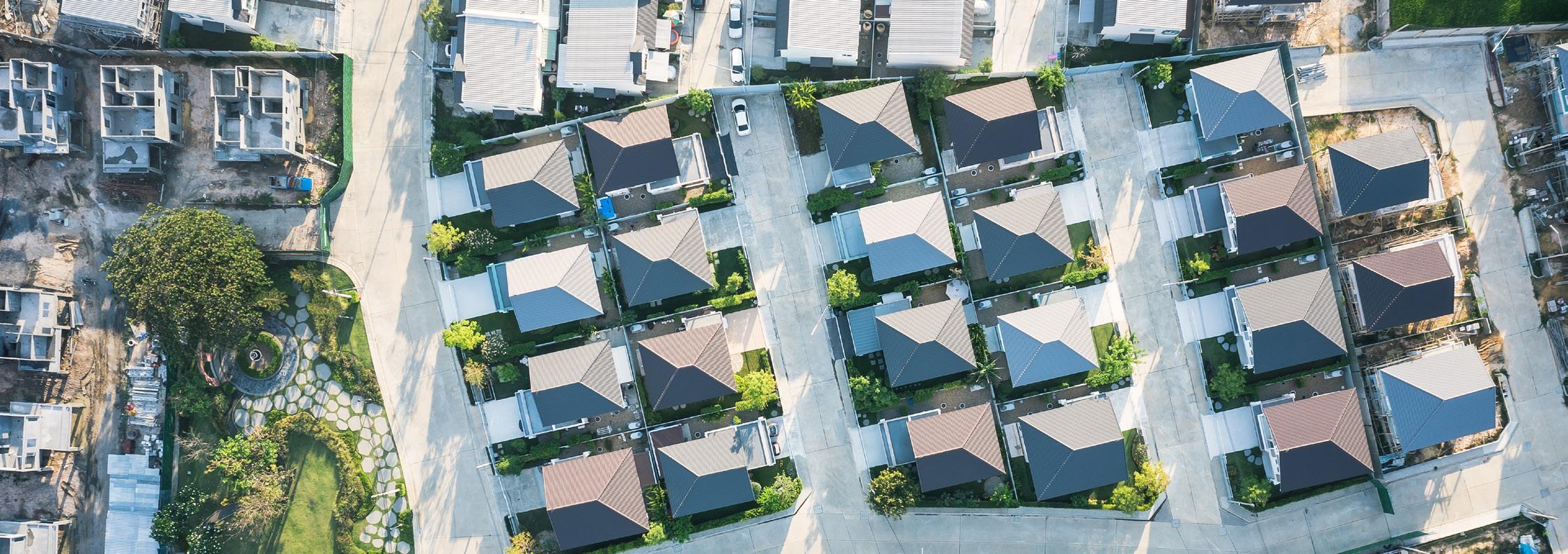
4 minute read
The Blight of Homeownership in Maryland: Fighting the Residential Segregation in Maryland, by Emerick Peace.
The Blight of Homeownership in Maryland:
Fighting the Residential Segregation in Maryland
Advertisement
By Emerick Peace
THE BLIGHT OF HOMEOWNERSHIP
The Incident of blight is an issue of concern in Maryland. It has led to increased crime and in extreme cases murder. Due to the increased blight cases, the city mayor Stephanie Rawlings Blake and Housing Commissioner Paul T Graziano attended a press meeting to detail the revocation of family dwelling licenses for the crime-infested apartments. Revocation of licenses means that irresponsible landlords will not be able to file and receive direct state housing from the department of housing in the U.S. Those people further claim that eradication will foster the welfare of the community but also increase good health and safety. Could these old houses be set aside for blacks? This is a question people ask themselves as the whites in the federal state take good apartments leaving old apartments out to the African Americans as they are ethnically discriminated against.
FIGHTING THE RESIDENTIAL SEGREGATION IN MARYLAND.
Homeownership is an important factor in the health and well-being of individuals. More importantly, it makes owners more stable and avoids the hustle of relocating from one place to another. It also plays a vital role in accumulating wealth, which is crucial to individuals’ health. It is good to note that inequality in wealth has imposed a major public health issue and this must be addressed.
In Maryland, homeownership is affected by racial segregation where minority communities carry
all the load, and to be more specific the African Americans. Low-income and ethnic minorities are deemed to transition from owning homes and getting back to rental apartments.
Segregation is said to be in existence from as early as 1800bc. During this period the whites did not live together with other races and set out the suburbs for the blacks to dwell. This racism extended to schools and other public amenities. These suburbs were not the only exclusion blacks would suffer, the whites segregated the blacks in monetary and industrial development.
White residents and developers worked to ensure that their neighborhood did not have any blacks. Occurrences of crime led to the eviction of the blacks from their neighborhoods. Not only were the blacks associated with crime, but it was also difficult for black advocates to reverse this because white homeowners would argue out with the restrictive covenants and exclusion through physical design.
Segregation among the non-whites was dire and extended to the realtors by not selling or renting out apartments to them. This was up to the mid-19th century, whereby developers would advertise the property and proudly restrict blacks and other races from getting the property. The issue is also termed deed restriction.
By 1918 social zoning among the black and the white was abolished. However, it did not mean that racial segregation was over. Segregation laws were replaced so that the whites and blacks did not interact at the time. Between 1920 and 1930 the number of houses increased to 6,000 homes per year, giving people an opportunity to flee from old houses to new apartments. Slowly the blacks and white started living together but at the same time faced criticism, such as publishing the white people’s journal on the plot to evacuate the blacks
FIGHTING THE RESIDENTIAL SEGREGATION IN MARYLAND.
The largest group of people affected are the Pacific Islander adults, and they have the lowest number of homeowners also there are researchers that claim Blacks are the most affected when it comes to homeownership.
Wealth inequality in Maryland is due to the deep and complex structural racism. The federal state is advised to follow policy recommendations to reduce the minority ethnic gap in homeownership. The policies include; supporting the mortgage for lower-value homes; increasing the purchasing power of apartments among the low-income minority group families, which is possible by expanding financial subsidies, taking up less segregating credit scoring practices so as to give the blacks an equal chance of credit scoring and also adding diversity in the appraisal profession.
Homeownership is possible if the people of Maryland adopt practices that are focused on ending segregationist policies. Such practices include educating people about home purchasing from start to finish. Adjustments related to federal tax policy is crucial because it uses tax credits rather than deduction. If this is put in place then there will be more tax benefits from purchasing a house. There are people who claim that expanding financial support for low-income homeowners and implementing major housing laws protecting racial and ethnic minorities are the better ways.













